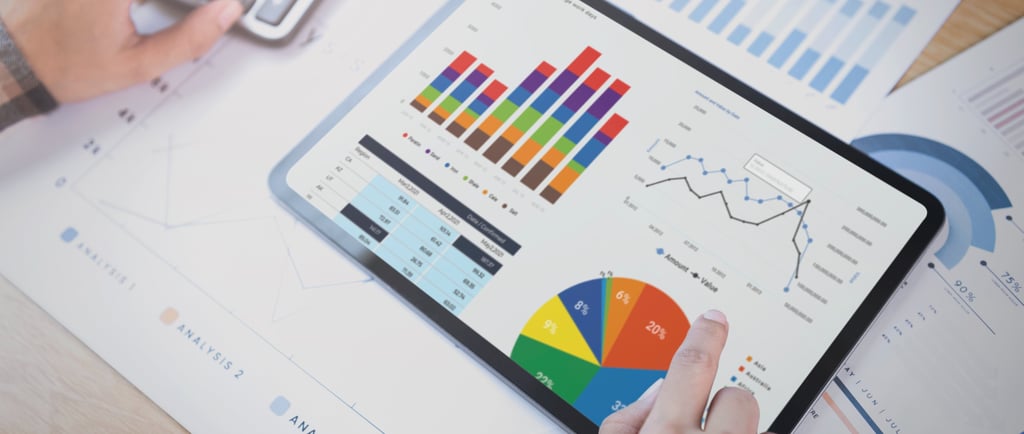Understanding the Distinction Between Business Intelligence and Business Analytics
3/12/20252 min read


Introduction to Business Intelligence and Business Analytics
In today's data-driven business environment, organizations are keen to utilize their data effectively to drive strategic decisions. However, two terms that often surface in this context are 'Business Intelligence' (BI) and 'Business Analytics' (BA). While they are both integral to data utilization, they serve different purposes and embody distinct methodologies. Understanding the differences between Business Intelligence and Business Analytics is crucial for businesses looking to optimize their decision-making processes.
Defining Business Intelligence
Business Intelligence encompasses the technologies, applications, and practices that collect, integrate, analyze, and present business data. The primary objective of BI is to support better business decision-making. BI systems provide historical, current, and predictive views of operations, primarily through reporting tools, dashboards, and data visualization techniques. By leveraging BI, organizations can gain insights into operational efficiency, sales trends, and customer behavior, allowing them to make informed, data-driven decisions.
The Role of Business Analytics
On the other hand, Business Analytics refers to the methods and technologies used to analyze data to gain insights that lead to better decision-making. BA is more focused on the statistical analysis, predictive modeling, and advanced algorithms that help forecast future business trends. While BI may provide a snapshot of past performance and current operations, BA dives deeper into data to uncover patterns and insights that can shape future strategies. Using techniques such as data mining, predictive analytics, and machine learning, organizations can forecast customer preferences and market shifts more precisely.
Key Differences Between Business Intelligence and Business Analytics
While both Business Intelligence and Business Analytics aim to improve decision-making, their approaches and functionalities set them apart. BI is primarily concerned with descriptive analytics, which answers the question of what happened in the past and what is currently happening. Conversely, BA employs predictive and prescriptive analytics to forecast what is likely to happen in the future and to suggest possible actions based on those insights.
Moreover, the tools associated with BI and BA differ significantly. BI tools often include data visualization software and reporting systems that help present historical data lucidly. In contrast, BA tools involve complex statistical analysis and modeling capabilities that may require advanced statistical skills.
Conclusion
In conclusion, Business Intelligence and Business Analytics, while closely related, serve distinct yet complementary purposes within an organization. BI focuses on providing reports and insights based on historical and current data, allowing businesses to understand their performance comprehensively. Meanwhile, BA emphasizes the interpretation of data to predict future outcomes and guide strategic initiatives. By leveraging both BI and BA effectively, businesses can unlock immense value from their data, transforming their operations and driving sustainable growth.
